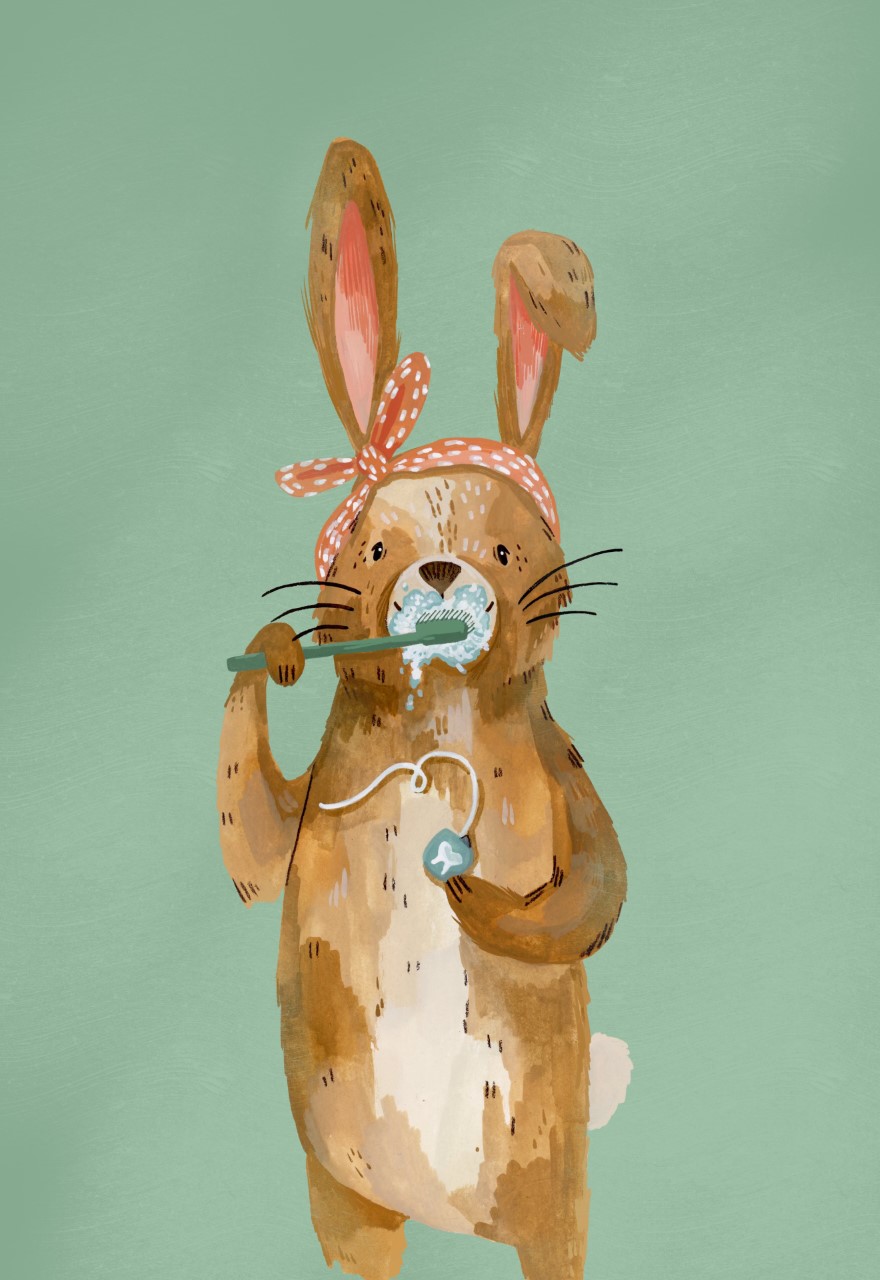Trauma
We're here to help

Dental trauma refers to any injury or damage that affects the teeth, gums, or surrounding tissues as a result of an accident or injury. Children are particularly susceptible to dental trauma due to their active lifestyles and developing coordination skills.
When dental trauma occurs in children, it is important for parents and caregivers to take immediate action. Prompt treatment not only helps alleviate pain but also increases the chances of saving any injured teeth.
Signs and Symptoms to Look Out For
- One common sign to watch for is a chipped or broken tooth. If your child complains of pain when chewing or experiences sensitivity to hot or cold temperatures, it could indicate a dental injury. Swelling or bruising around the mouth, gums, or jaw area may also be present.
- In some cases, you might notice that a tooth has been displaced from its normal position. This can cause misalignment of the bite and difficulty with eating properly. Other signs include bleeding from the mouth, loose teeth, difficulty speaking clearly, or changes in their bite pattern.
- It is essential to pay attention if your child experiences persistent headaches, as this could be related to dental trauma. Additionally, if they have trouble opening their mouth fully or have jaw pain when moving it, it may signify an underlying issue.
Remember that every child is unique and may exhibit different signs when dealing with dental trauma. If you suspect any problems following an accident or injury involving your teeth, seek immediate dental care for proper evaluation and treatment options available!
Treatment Options for Different Types of Dental Trauma
- For a chipped or fractured tooth, the pediatric dentist may be able to repair it using bonding material or a crown. In cases where the pulp is damaged, a root canal treatment might be necessary to save the tooth.
- If a tooth has been knocked out completely, time is of the essence. The best chance of saving the tooth is by re-implanting it within 30 minutes. Remember not to touch or scrub the root surface and place it in milk or saline solution before heading to the pediatric dentist.
- In situations where there is extensive damage beyond repair, extraction may be required. Depending on your child’s age and development, various options, such as space maintainers or orthodontic appliances, may be recommended by the pediatric dentist.
It’s important to note that every case of dental trauma requires individualized care based on factors like age, overall health status, and specific circumstances surrounding the injury. Seeking professional advice from our pediatric dentist will ensure proper assessment and appropriate treatment recommendations for your child’s unique situation.
Preventing Dental Trauma in Children
When it comes to the dental health of our little ones, prevention is key. By taking some simple precautions, we can greatly reduce the risk of dental trauma in children.
- First and foremost, make sure your child wears appropriate protective gear when engaging in activities that could potentially lead to injury. This includes sports such as soccer or hockey, where a mouthguard can help absorb impact and protect their teeth from getting knocked out or chipped.
- Encourage your child to practice good oral hygiene habits on a daily basis. Brushing after meals with a soft-bristled toothbrush and fluoride toothpaste will not only keep their teeth clean but also strengthen them against potential trauma.
- Regular visits to the pediatric dentist are crucial for identifying any issues early on and preventing them from escalating into more serious problems. A professional cleaning can remove plaque buildup that may weaken the tooth structure, making it more susceptible to injury.
- In addition, teaching proper techniques for eating and chewing can also play a big role in preventing dental trauma. Advise your child to avoid biting hard objects like ice or chewing on non-food items like pencils or pen caps, which can cause damage to their teeth.
- Create a safe environment at home by removing any hazards that could potentially lead to accidents. Secure furniture properly so it doesn’t pose a risk of falling onto your child’s face or mouth area during rough playtime.
By following these preventive measures consistently, you’re giving your child the best chance at maintaining optimal dental health and reducing the likelihood of experiencing traumatic injuries.
If you’re concerned about your child’s dental health, contact Bend Children’s Dentistry at 2190 NE Professional Court, Suite 200, Bend, OR 97701, or call (541) 907-1611.
